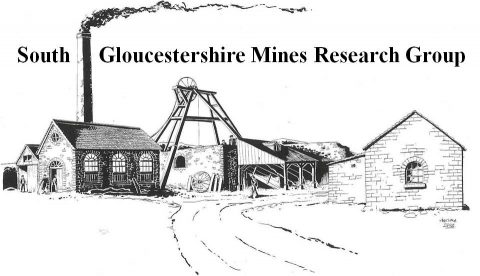The History & Industrial Archaeology of the Steam Engines of the Coalpit Heath Colliery Company by Steve Grudgings.
Summary: This book tells the story of the engines and the men who drove and maintained them. It sets out to tell the technical, social, historical and archaeological stories of the stationary engines used by the Coalpit Heath Colliery Company between 1800 and 1949.
Publisher: SGMRG, 2015.
Price: £15.00 + £3.00 p&p
Book review by Geoff Hayes
Another excellent publication from the South Gloucestershire Mines Research Group. The title may seem rather long, but the reader gets exactly what it says on the tin! This is a first-class work by Steve Grudgings and is a natural follow-on to his previous and excellent work on the Newcomen engines used on the coalfield in earlier years. The author has gone to great lengths in his research so that the book is suitable for the general historian, industrial archaeologist and steam engine enthusiast alike.
For some reason, this small coalfield attracted the attention of several first-class photographers. The author has been able to draw upon their work, and the result is a book with superb illustrations, with scenes both above and below ground. There is more than enough information in this book to enable a modeller to produce first class models. That great modeller of mining machinery, the late Frank Woodall, would have loved it.
The engines which survived long enough to be photographed, and they lasted a long time, were made by builders whom I imagine are almost unknown today. Nevertheless, Mr. Grudgings has researched deeply and has provided appendices which give detailed histories of these builders. Of earlier engines, long disappeared, extensive fieldwork has provided useful information on what type of engine they very likely were. The author gives a number of very good tips on the interpretation of the remains of engines and their houses.
In such an excellent book as this, it is almost impossible for a reviewer to find any niggles but I do have a couple. The caption to a photograph to the horizontal winding engine at Frog Lane pit could could be interpreted that the orientation of the engine was with the cylinders nearest the shaft. The engine did in fact follow the usual arrangement and had the winding drum nearest the shaft.
The large Cornish-type pumping engine at Frog Lane is described as having many non-Cornish-type features, which is certainly correct. However, the widely spaced beam plates with all the valve gear and parallel motion linkages between the plates, is very much a Cornish feature.
These minor matters apart, the book is highly recommended for the wealth of detailed information it contains in both terms of text and illustrations. The standard of production is also excellent.
152 pages. A4. Softback. Published by the South Gloucestershire Mines Research Group 2015.

